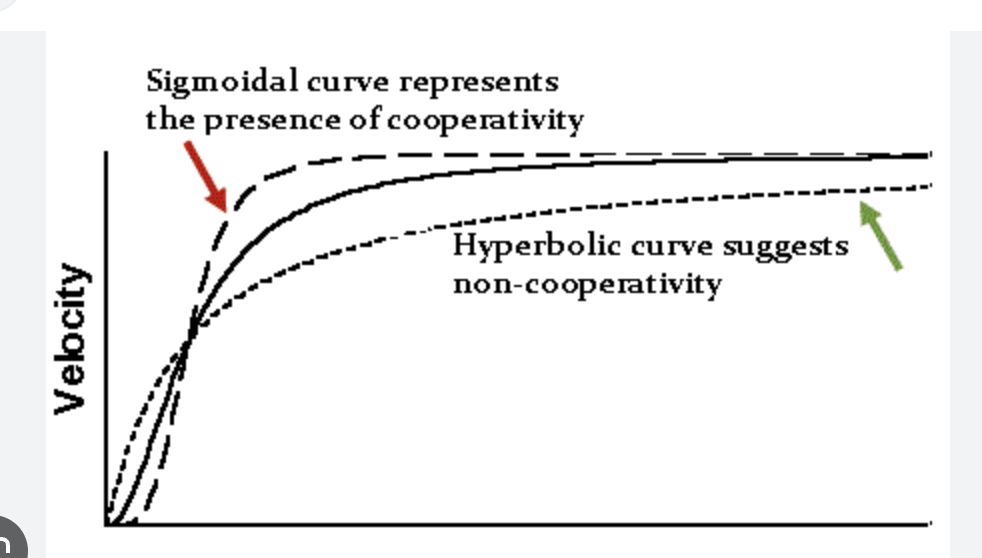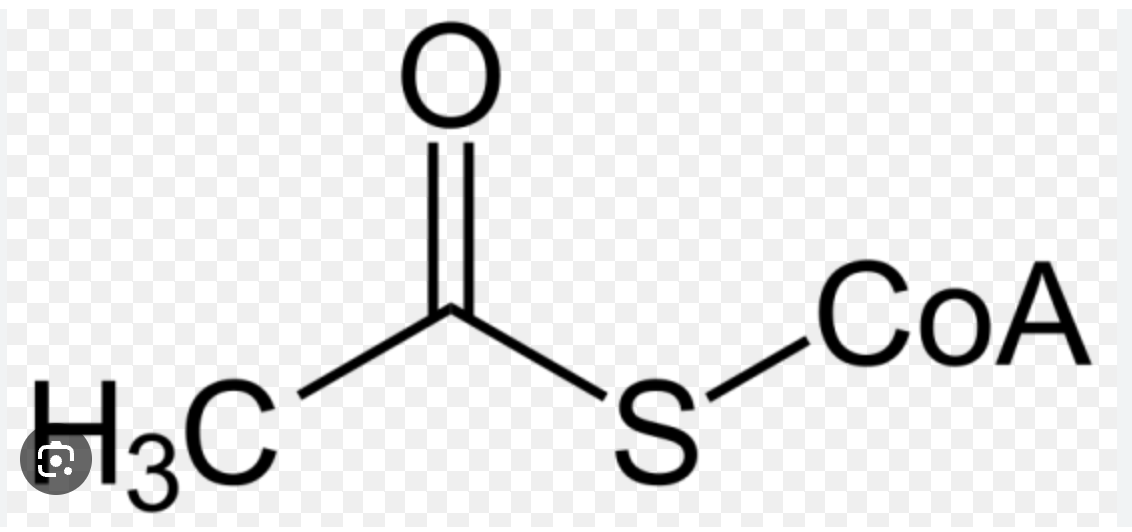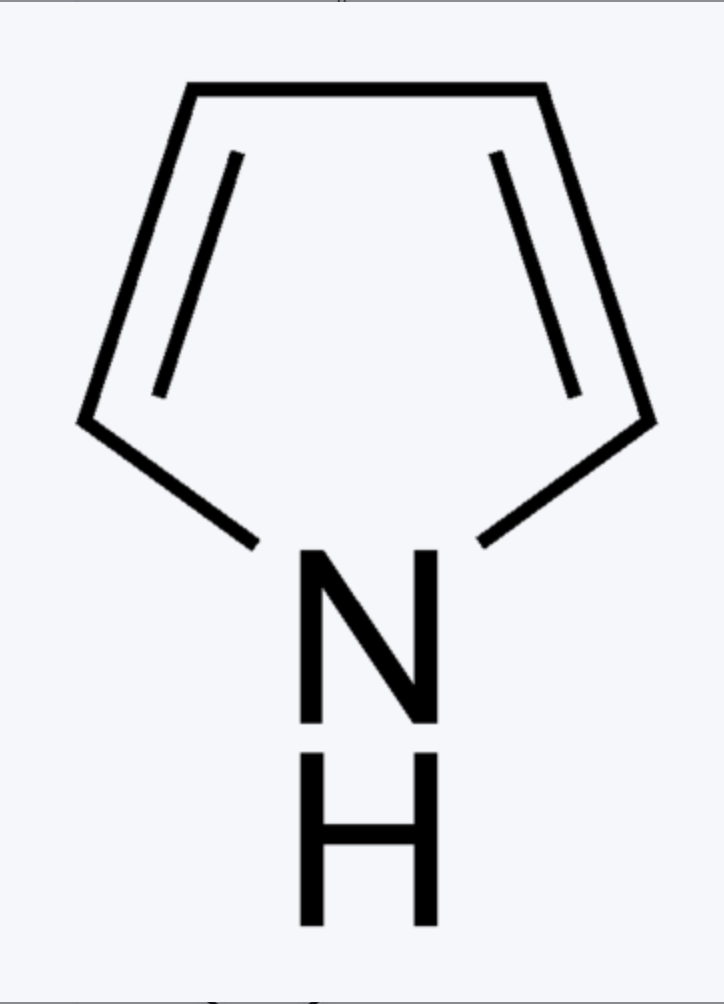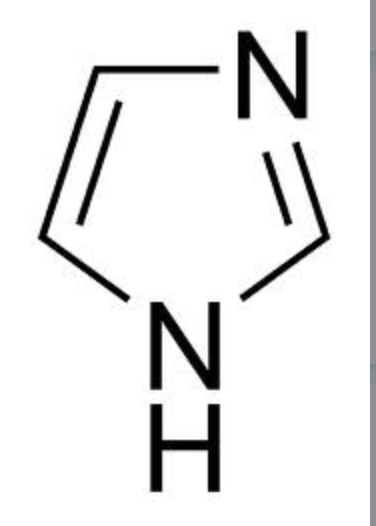Bio/Biochem
1/110
There's no tags or description
Looks like no tags are added yet.
Name | Mastery | Learn | Test | Matching | Spaced |
|---|
No study sessions yet.
111 Terms
What is a totipotent cell?
Can differentiate into ANY cell type including embryonic/extraembryonic (aka placenta)
What is a pluripotent stem cell?
Can become any organismal cell but not a placental cell
What is a multipotent stem cell?
Can differentiate into many cells within its same family (ie muscle can make many other muscle but not blood)
What is vasopressin aka ADH released in response to?
Increased blood osmolality aka low body water
What is osmolality?
Concentration of solute in water (opposite of osmolarity)
what does hybridization mean in relation to nucleotides?
It’s when single stranded nucleic acids (DNA or RNA) bind with another of their same single stranded nucleic acid to form a double strand or an RNA structure
What is passive immunity?
The transfer of antibodies from one individual to another
What produces antibodies?
B lymphocytes produce antibodies which are proteins
What is an erythrocyte
A red blood cell (don’t have DNA or membrane bound nucleus - so they can have more space to keep hemoglobin and carry oxygen through it)
What stimulates Protein Kinase A?
cAMP
What does aldosterone do?
increases sodium reabsorption in kidneys - it’s secreted in response to low blood pressure
what are the three main muscle tissue types and where are they found?
skeletal muscle - attached to bones
smooth muscle - attached to organs
cardiac muscle - attached to heart
what is the hardy weinberg equation for calculating allele frequency?
p + q = 1 (dom + recs)
What is the Hardy Weinberg equation for genotype frequency
p² +2pq + q² = 1
What is the mitotic spindle made of?
Microtubules
What filaments play a role in cell adhesion?
Intermediate filaments
What filaments play a role in muscle contraction?
Microfilaments
What are analogous structures?
Structures that evolved separately but serve the exact same function
What are homologous structures?
Structures that evolved from the same place but have different functions
How can you tell if two genes are located close together on a chromosome?
They will have very few recombinant offspring
What buffer system aids in maintaining blood pH
bicarbonate buffer system: CO2 + H20 —> HCO3- + H+
what does renal secretion and reabsorption mean?
secretion - into urine, reabsorption - back into bloodstream
How long is an amino acid?
.11 kDa = 110 Da
What does the esterification of cholesterol with a fatty acid do in terms of membrane binding and why?
It pushes the new molecule into the protein because the non polar fatty acid can’t interact with the bilayer like cholesterol can so it goes inside
What is a Hill coefficient and what do the various numbers indicate?
A measure of enzyme cooperativity
>1 = positive cooperativity
-1 = negative cooperativity
=1 no cooperativity
What is enzyme cooperativity?
A measure of how the efficiency of the enzyme is dependent on binding of other molecules (more binding - more cooperative or less?)
How does a plot look for a cooperative enzyme?
sigmoidal

What does a downward shift in LB mean in terms of enzyme concentration?
More efficient/concentration of enzyme results in a downward shift compared to without enzyme because it is 1/v
What is the makeup of the solvent phase on normal TLC?
non polar
What is the function of the colon?
to absorb water
What is the M phase of the cell cycle?
Mitosis
In the rate limiting step of glycolysis, what is the mechanism by which PFK-2 works and why does this mechanism exist?
Insulin and glucagon both control PFK-2 activity. PFK-2 works by converting a small amount of Fruc 1,6 BP to Fruc 2,6 BP which activates PFK-1. This is so that liver cells can make more ATP for storage than just the basic amount the cell needs to fucntion and bypasses the primary mechanism of inhibition
What are all of the steps in glycolysis and the Kreb’s cycle that contain the reduction of NAD+ to NADH or FADH to FADH2 what enzymes catalyze them?
Glycolysis: Glyceraldeyhde 3P —> 1,3 Bisphosphoglycerate catalzyed by Glyceraldehyde 3P Dehydrogenase
Krebs Cycle:
Isocitrate —> a-ketoglutarate catalyzed by Isocitrate Dehydrogenase
a-ketoglutarate —> Succinyl - CoA catalyzed by a-ketoglutarate Dehydrogenase
(FADH) Succinate —> Fumarate catalyzed by Succinate Dehydrogenase
Malate —> Oxaloacetate catalyzed by Malate Dehydrogenase
What is DHAP and why is important?
DHAP is an intermediate of glycolysis and it is used for triacylglycerol synthesis in hepatic and adipose tissue
How does Acetyl - CoA play a role in gluconeogenesis and where does it come from?
It activates pyruvate carboxylase and it comes from fatty acid oxidation
What is the rate limiting enzyme in the Pentose Phosphate Pathway and what step does it catalyze? What is a byproduct of this step?
Glucose 6-P Dehydrogenase catalyzes the conversion of Glucose-6-Phosphate —> 6 Phosphogluconate
NADPH is a byproduct
What is the structure of Acetyl-CoA?

What does a dehydrogenase do and what is it a special kind of?
It reduces a molecule (usually NAD+ to NADH)
It is a special kind of oxidoreductase which catalyze REDOX reactions (ex ketone to alc)
What does a kinase do?
It phosphorylates a molecule using ATP
What does a phosphatase do?
It removes a phosphate group
What does a phosphorylase do?
It phosphorylates a molecule using inorganic phosphate instead of ATP
What step uses a synthetase in the Krebs cycle and what are its byproducts?
Succinyl - CoA —> Succinate using Succinyl - CoA synthetase and it powers GDP —> GTP
What is the FA pathway and where does it occur?
Acetyl - CoA —> Malonyl CoA — Palmitic Acid/Palmitate
Acetyl-CoA carboxylase
Fatty Acid/Palmitate synthase
occurs in cytoplasm of liver(hepatocytes) and fat (adipose) cells
What is the FA oxidation pathway?
Fatty acyl-CoA —> FA Carnitine —> transporter —> FA - CoA
Carnitine Acyltransferase - 1
Travels into mitochondria via carnitine transporter
What is the pathway for Ketogenesis?
Acetyl - CoA —> HMG - CoA —> Acetoacetate
HMG-COA synthase
acetyl CoA can be reduced to B-hydroxybutyrate
Where does Ketolysis occur?
In tissues outside the liver because the liver can’t catabolyze the ketone bodies it produces —> esp heart, brain, and muscle cells
What are the ketogenic AAs and what does that imply?
Leu and Lys as well as others and they can get converted to ketone bodies in times of extreme energy deprivation
What are the glucogenic AAs and what do they do?
All but Leu and Lys can act as glucogenic AAs and they can get converted to glucose through gluconeogenesis in extreme energy deprivation
What is the Urea Cycle and when does it occur?
The process of protein catabolism causes proteins to lose their amino groups which can cause toxic leftover ammonia in the blood and the Urea Cycle removes this waste product.
Occurs in in the liver
What is the Cori Cycle?
The process by which RBCs/erythrocytes bring lactate from muscle to liver cells to be converted to glucose through gluconeogenesis. They then take the glucose made from the liver back to the muscle cells to use as energy (anaerobic respiration) and convert to lactate once more.
Do valves exist in systemic veins or arteries? What happens if valves are damaged?
Valves exist in systemic veins and can cause backflow of blood in body (away from heart) when damaged
How does blood flow through the heart and when does it become oxygenated?
Deoxygenated blood enters at right atrium and goes to right ventricle.
From there it goes through pulmonary arteries to lungs and becomes oxygenated.
The now oxygenated blood enters through the pulmonary vein into the left atrium before going to the left ventricle which then pumps the oxygenated blood throughout the body
What is a protease?
Enzyme that digests a protein
What is an amidase?
An enzyme that cleaves amide bonds - like peptide bonds
What is an esterase?
An enzyme that either accelerates the breaking down or creation of esters
What is a hydrolase and what are some examples?
Catalyzes hydrolysis reactions
Examples: decarboxylase, phosphatases, GTPase, Protease
What is a lyase?
Breaks bonds NOT using water
What is the iron containing molecule in hemoglobin?
Heme - it is crucial for oxygen transportation
What is heme made up of and what is it’s structure called?
Four pyrrole rings and a central iron atom —> called a porphyrin ring
What is the structure of pyrrole?

What is the structure of imidazole and where is it found?
Found in Histidine (His, H)

What is the structure of glucose? (draw Fisher and Haworth)
middle finger!
What is the structure of galactose? (draw Fischer and Haworth)
two central fingers
What is the structure of fructose? (Draw the Fisher and Haworth projections)
first one after the carbonyl, only 5 membered ring!
What happens to substances people with elevated kidney function take?
They get drained faster from their body so in order to have an effect, more of the substance needs to be given
How do you calculate catalytic efficiency?
kcat/km
When the slope of an LB plot increases what does that tell you about catalytic efficiency and why?
Catalytic efficiency has decreased because it is inversely proportional to the slope
What does a R shift on an LB plot for the x intercept tell you about Km?
Km has increased meaning there is a lower enzyme affinity
What is the equation for a 0 order reaction and how does it relate to substrate concentration?
r = kcat and the rate is independent of substrate concentration
What is the equation for a first order reaction and how does it relate to substrate concentration?
r = kcat[A] —> it is directly dependent on substrate concentration
What is the difference between an uncompetitive and a noncompetitive inhibitor
A non competitive inhibitor will NOT bind at the enzyme-substrate complex while an uncompetitive inhibitor will
What is alternative splicing?
When the SAME GENE/DNA SEQUENCE produces different protein products because of different mRNA molecules
What is conjugation?
It is the exchange of genetic information between prokaryotes (usually through plasmid DNA)
What is transformation?
The process by which prokaryotes acquire DNA from their surroundings
Describe gene duplication
It can occur through unequal crossing over and over time it can acquire mutations which cause very small variations in the gene
Which kind of muscle tissues are striated and which are not? What does striated mean?
Striated indicates the presence of sarcomeres (look like lines under a microscope)
Only smooth muscle isn’t striated
Which muscle tissues have gap junctions and which don’t?
Cardiac and smooth muscle have gap junctions while skeletal muscle doesn’t. This means that it is electrically isolated
How are each of the muscle tissues controlled? Is it voluntary or involuntary?
Cardiac and smooth muscle are controlled involuntarily and regulated by the ANS while skeletal muscle is controlled voluntarily through ACH
Which muscle tissue has intercalated disks and what are they?
Cardiac muscle has intercalated disks which is how each cell connects to the other and allows them to contract as a unit
Which muscle tissues have multiple nuclei?
Cardiac and skeletal
Cardiac will typically have up to 2 nuclei/cell while skeletal can have 100s
What bonds get broken in the process of denaturation?
H-bonds, hydrophobic interactions, disulfide bonds, but NOT peptide bonds meaning that the primary structure is still intact after denaturation
In amino acids, how do protonatable side chains act around their pKa?
They act through a buffer system meaning that near their pKa, there will never be 0 percent protonation or deprotonation. Hendersson-Hasselbach should be used to find the ratio of protonated to deprotonated residues
How do mechanically gated ion channels work?
They respond to forces like pressure or tension
How can voltage changes occur across a membrane to promote the opening of voltage gated ion channels?
The opening of ligand or pH based channels can allow ions to flow in that depolarize the cell and create a voltage difference across the membrane that promotes voltage gated channels to open
Describe the pathway of FADH2 in the ETC
Complex II (Succinate Dehydrogenase —> Complex III —> Complex IV
Describe the pathway of NADH in the ETC
Complex I —> Complex III —> Complex IV
What is the final electron acceptor in the ETC?
O2
Describe the process of the ETC/Oxidative Phosphorylation and how it generates ATP
High energy electron carries (NADH and FADH2) carry electrons through their respective complex pathways which are highly exergonic reactions. The energy released powers the transfer of H+ into the intermembrane space. Finally, this high collection of H+ shoots down ATP synthase which spins and smashes ADP and Pi to make ATP
What is a parietal cell and where is it found?
found in the stomach and secretes HCl and intrinsic factor (aids in absorption of vit. B12 in small intestine)
Why is HCL important in the stomach?
The acidic environment does three very important things:
1) activates enzymes
2) defends against pathogens
3) denatures/breaks proteins (proteolytic environment)
What helps prevent the self destruction of stomach cell walls because of the acidic environment and what cells secrete these things?
Mucous and bicarbonate - secrete by mucous cells
What do chief cells do and why are they important?
Chief cells secrete pepsinogen which is the inactive form of pepsin - the enzyme that breaks down polypeptides
How does pepsin become activated from pepsinogen?
By low pH
What do G cells do and why are they important?
G cells secrete Gastrin —> regulates the secretion of HCl from parietal cells
(along w CCK) regulates release of Chyme
What are key features of the endoskeleton/bones (4)?
1) Has living and nonliving parts - living: osteocytes, osteoblasts, and osteoclasts, nonliving: Ca3PO4
2) Forms an internal scaffolding and attachment point for tissues
3) Grows as organism goes
4) Comes from the embryonic mesoderm
Describe the makeup/qualities of a virus
made of DNA or RNA
surrounded by protein coat/capsid
need host cell to replicate
What is a prion?
Misfolded proteins that act as infectious agents —> modify host protein secondary structure and cause aggregation
Describe the makeup/qualities of a viroid
only RNA
no protein coat/capsid
this RNA doesn’t code for protein
can be self complimentary (form hairpin sections)
How do enzymes affect the ΔG of a reaction?
Enzymes have NO EFFECT on the ΔG of a rxn, enzymes only change Ea
What is circular dichroism?
Tells how much of a protein will change form alpha helices and beta sheets into random coils as temperature rises